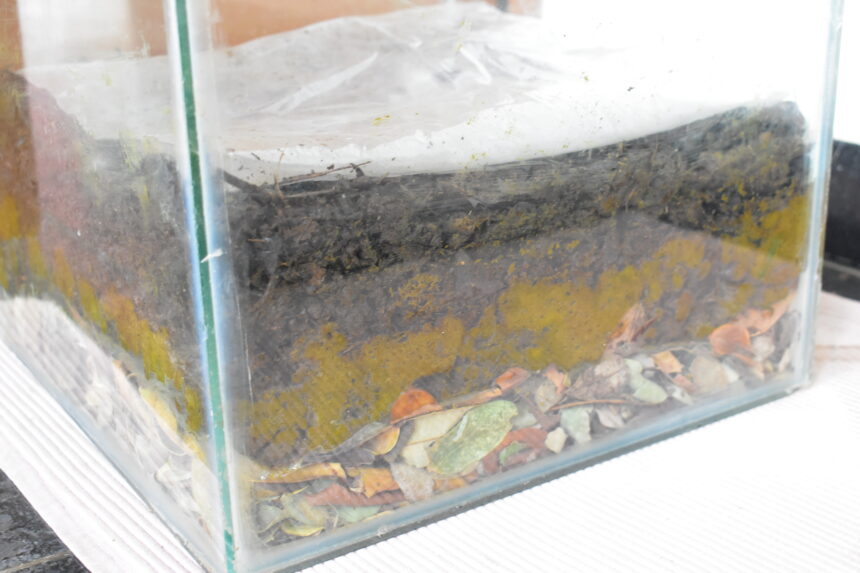Composting at home is an excellent method for reducing waste, mainly organic waste, while creating nutrient-rich soil amendments for gardening. It involves the natural decomposition of organic materials like kitchen scraps, yard waste, and more. The process can be easily managed in various ways, making it accessible for most households.
Home Composting:
Here are some ways you can compost at the comforts of your home:
1. Backyard Compost Bin: Utilize a bin with a lid for proper aeration and moisture control. This method involves layering organic waste and allowing it to decompose over time.
2. Pit or Trench Composting: Dig a hole or trench in the ground to compost organic waste directly in the soil, promoting natural decomposition.
3. Vermicomposting: As mentioned earlier, using worms to compost organic matter in a controlled environment.
4. Three-pot composting: It involves using three separate containers:
- Fresh Material Pot: This container holds newly added organic waste, ensuring a continuous supply of fresh materials for composting.
- Decomposing Pot: Here, partially decomposed material from the fresh pot is transferred. Microorganisms continue the decomposition process.
- Finished Compost Pot: This container stores the fully composted material, ready for use in gardens or landscaping.
5. Accelerated Composting with Fungi: To aid in faster decomposition, fungi can be incorporated into composting mixture. This approach enhances the traditional composting process by leveraging the symbiotic relationship between fungi and organic waste breakdown.
Steps for Home Composting:
1. Select a Compost Bin: Choose a suitable container based on space, available materials, and personal preferences. Ensure the bin allows for airflow and drainage.
2. Layer Organic Waste: Alternate layers of brown (dry) and green (wet) materials. Brown materials include dried leaves, shredded paper, and cardboard. Green materials consist of kitchen scraps, grass clippings, and coffee grounds.
3. Aerate and Moisturize: Turn or mix the compost regularly to aerate it. Maintain moisture by adding water as needed to keep the pile damp but not waterlogged.
4. Manage the Compost: Monitor the temperature and decomposition progress. The compost should heat up as it breaks down. Add materials in small pieces to facilitate quicker decomposition.
5. Harvest Compost: Once the compost turns dark and crumbly, it’s ready. Screen or sift it to remove large particles before using it in the garden.
Advantages of Home Composting:
1. Reduces Waste: Diverts organic materials from landfills, reducing methane emissions and overall waste.
2. Sustainable Fertilizer: Produces nutrient-rich compost that enriches soil and supports healthy plant growth.
3. Cost-effective: Saves money on commercial fertilizers and reduces the need for chemical-based soil amendments.
4. Environmental Benefits: Improves soil structure, promotes biodiversity, and reduces reliance on chemical fertilizers.
5. Educational and Empowering: Provides an understanding of the natural cycle of decomposition and allows individuals to actively participate in sustainable practices.
Home composting is a practical and eco-conscious way to manage organic waste while creating valuable compost for gardens and landscaping. With different methods available, individuals can choose the approach that best fits their living space and lifestyle, contributing positively to the environment and sustainability efforts.







